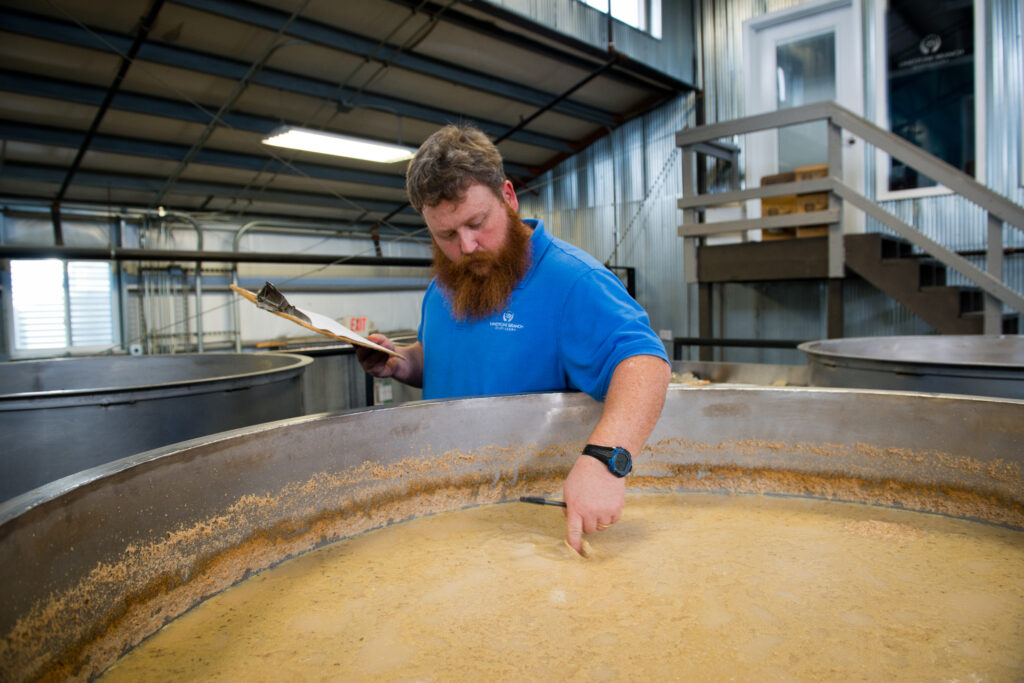Ask just about anyone why bourbon became Kentucky’s claim to fame, and they’ll tell you: “It’s all about the limestone.“
The story goes that the water filtered through Kentucky’s limestone makes for better bourbon, and while there’s truth to that, the real reason bourbon took root here has more to do with how water interacts with limestone—and less to do with what it adds to it.
Kentucky’s landscape is full of limestone, but more importantly, it’s full of what limestone leaves behind. Rainwater slowly eats away at this soft rock, carving out narrow gorges, sinkholes, and underground springs. These natural features made Kentucky an ideal place for early distillers. Small streams and rivers created perfect locations for mills and dams, which were essential for processing grain into whiskey. These waterways also provided a natural transportation network, allowing bourbon to be moved efficiently to markets via the Ohio and Mississippi Rivers. Without these waterways, Kentucky whiskey might have remained a regional curiosity instead of becoming a world-renowned spirit.
So, while limestone is important, it’s not just what’s in the water—it’s what the water did to the land that truly made Kentucky the bourbon capital of the world. If you want to see the next steps in creating iconic Kentucky bourbon: Visit Lebanon, KY! Home to Limestone Branch Distillery, Kentucky Cooperage, and just a short drive from Maker’s Mark, Lebanon offers a firsthand look at the barrel-making process, the distillation craft, and the aging that gives bourbon its signature flavor. Experience the history, craftsmanship, and tradition that keep Kentucky’s signature spirit thriving today.



No responses yet